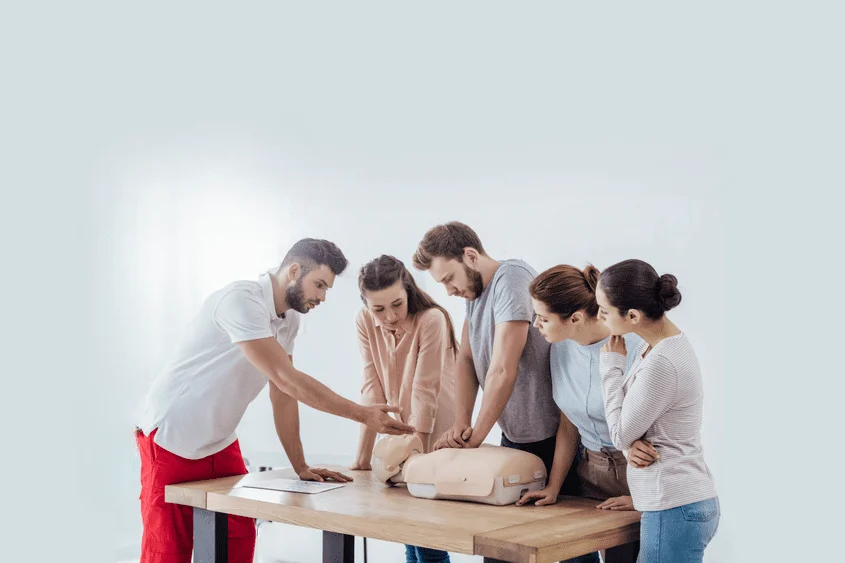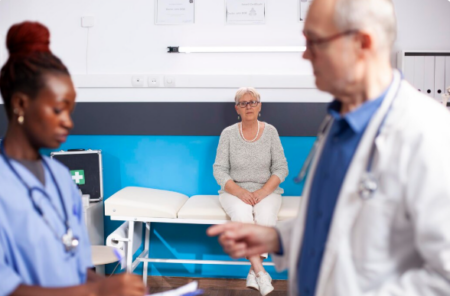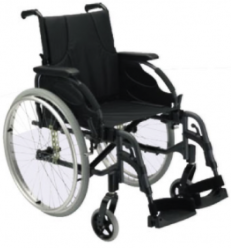In the face of unexpected emergencies, the ability to respond swiftly and effectively can make the difference between life and death. Cardiopulmonary resuscitation, commonly known as CPR, is a crucial life-saving skill that empowers individuals to take action in critical situations. Obtaining CPR certification serves as a passport to confidence, enabling individuals to respond confidently and competently when faced with emergencies involving cardiac arrest. This article explores the significance of CPR certification, the process of obtaining it, and the profound impact it can have on both individuals and communities.
The Importance of CPR Certification
Cardiac arrest is a leading cause of death globally, and it can happen to anyone, anywhere, at any time. Whether at home, work, or in public spaces, having the skills to perform CPR can be the key to sustaining life until professional help arrives. CPR involves a combination of chest compressions and rescue breaths, and when administered promptly, it helps maintain blood circulation and oxygenation to vital organs.
CPR certification goes beyond learning the mechanics of chest compressions and rescue breaths. It provides individuals with a comprehensive understanding of the signs of cardiac arrest, the importance of early intervention, and the confidence to act decisively in high-pressure situations. CPR training also covers the use of automated external defibrillators (AEDs), which can significantly improve the chances of survival when combined with CPR.
The Process of Obtaining CPR Certification
Obtaining CPR certification is a straightforward process that is accessible to individuals of all backgrounds and professions. Numerous organizations and training centers offer CPR courses, ranging from basic to advanced levels. These courses are designed to accommodate various learning styles, ensuring that participants can grasp the necessary skills and knowledge effectively.
Typically, CPR certification courses cover the following key areas:
Basic Life Support (BLS): BLS courses are suitable for individuals with little or no prior medical training. They cover fundamental CPR techniques, the recognition of cardiac arrest, and the importance of early defibrillation.
Heartsaver CPR/AED: Geared towards the general public, Heartsaver courses teach CPR and AED use for adults, children, and infants. Participants learn how to respond to choking emergencies in addition to cardiac arrest situations.
Advanced Cardiovascular Life Support (ACLS): ACLS courses are designed for healthcare professionals and cover more advanced techniques, including the use of medications and advanced airway management.
Pediatric Advanced Life Support (PALS): PALS courses focus on the unique aspects of providing life support to children and infants, making them suitable for healthcare providers who work with pediatric populations.
The courses often include hands-on practice sessions, allowing participants to develop and reinforce their skills under the guidance of certified instructors.
The Confidence Boost
CPR certification not only equips individuals with the technical skills to respond to emergencies but also instils a sense of confidence and preparedness.
Knowing that you can make a difference in a life-or-death situation can be empowering, just as tools like a BMI Calculator can empower individuals to monitor their health proactively. This newfound confidence is not limited to the certified individual alone but ripples through communities as more people become trained in CPR.
Confidence in CPR proficiency extends beyond the actual act of administering aid. It includes the ability to remain calm under pressure, assess situations quickly, and communicate effectively with both the victim and emergency services. This holistic approach to emergency response contributes to creating a safer environment for everyone.
The Ripple Effect on Communities
Communities benefit significantly when a substantial number of individuals are CPR-certified. Imagine a neighbourhood where parents, teachers, and local business owners are all trained in CPR. In the event of an emergency, the collective ability to respond quickly and effectively multiplies, increasing the likelihood of positive outcomes.
Moreover, communities with a high prevalence of CPR certification tend to foster a culture of safety and preparedness. This culture permeates schools, workplaces, and public spaces, creating an environment where individuals feel secure and supported. The result is a community that is not only equipped to handle emergencies but is also proactive in preventing them through awareness and education.
Conclusion
CPR certification is more than just a checkbox on a list of skills; it is a passport to confidence in emergency situations. The knowledge and abilities gained through CPR training empower individuals to be the first line of defence in the face of cardiac arrest and other life-threatening emergencies. As communities embrace the importance of CPR certification, the ripple effect of confidence and preparedness extends, creating safer and more resilient environments for everyone. In the unpredictable journey of life, CPR certification stands as a beacon of hope, offering the skills and confidence needed to navigate the unexpected and make a difference when it matters most.







